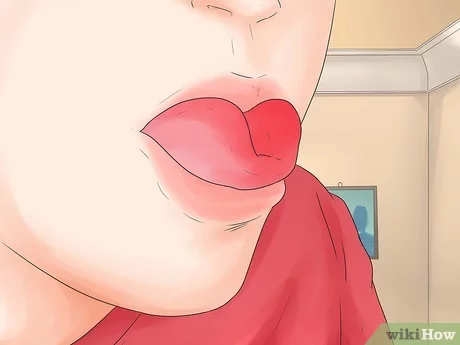You’ve probably heard that you can use your tongue to help spell words. But what else can you do with your tongue? In this post, we’ll explore four different ways that people use their tongues when reading or writing.
If a word is misspelled, you can use the tip of your tongue to help you spell it correctly.
The tip of your tongue is a great place to practice spelling. If you are not sure about the spelling of a word, try sticking out your tongue and saying it. You can also ask someone else to help you if they know how to spell the word (e.g., “Can you tell me how to spell ‘irate’?”).
If none of these tricks work, then go back and double-check your homework!
If you have trouble with certain words, try sticking your tongue out and saying them in a funny voice.
If you have trouble with certain words, try sticking your tongue out and saying them in a funny voice.
- Do it in a friendly tone: “I’m not sure if I can say that.”
- Do it in a funny voice: “Help me, my big sister is coming over!”
- Do it in a normal voice: “I need to know what happened on Monday.”
- Do it in a loud voice: “I’m going to eat all of these cookies!”
- Do it in whisper mode (or whisper mode): “Don’t tell anyone about this.”
You can stretch out the vowel sounds of new words by putting your tongue into an unusual position.
Here are some tongue tricks you can use to help you learn new words:
- Put your tongue in the middle of your mouth. This will help you pronounce “I” and other consonants, like /k/ or /s/. You can also use this method for words that end in vowels, like “pleasure.”
- Place your tongue on the roof of your mouth (the top part). If there’s a vowel in front of the word, try putting it at the back of your throat instead; this will give more emphasis to these vowels and make them easier to hear. If there isn’t any vowel before it, just put each consonant at its own spot on top—for example: “loudness” becomes “ludeness.”
- Cup both hands around one side of the bottom lip while making an O shape with them (similarly but not exactly how we do when saying “uh-oh”). This position gives us better control over our breath flow so we don’t accidentally puff out all our air before speaking!
There are many ways to use your tongue to make words easier to read and write.
Tongue twisters are easy to learn and fun to say. They can be used to help you spell words, as well.
Here are some examples:
- “A red herring is a fish that has been sold under the wrong name.”
- “The cat sat on the mat once, but did not sit on the mat twice.”
- “A turd in your ear is better than no turd at all.”
Conclusion
If you’re having trouble reading or writing, your tongue can be a helpful tool. It is not only used for speech but also for eating and other things that require some fine motor skill. If your tongue is stuck in a position that makes it difficult to read or write, try these tips to get unstuck!
Also Read This: Water Bottles & Flasks
You may also like
-
Best Times of Year for Rain Gutter Installation in Wisconsin: What Homeowners Should Know
-
How to Create One-of-a-Kind Engagement Invites That Tell Your Story
-
Unveiling the Top Picks: The Ultimate Guide to the Best Head Shavers in 2024
-
Choosing The Right Palette Insights into Professional Painting Contracts
-
Wear Your Imagination: Customized Text and Graphics T-shirt Printing in Sharjah

